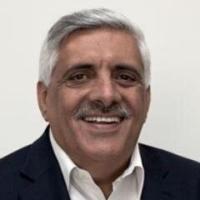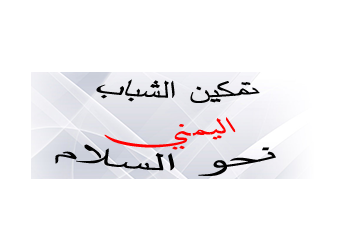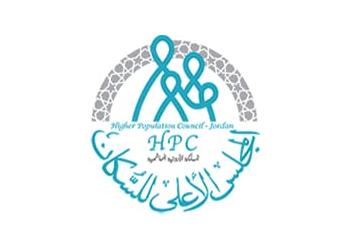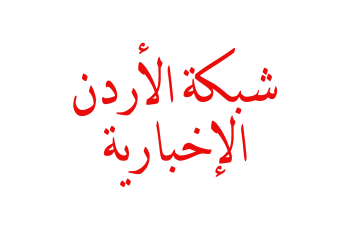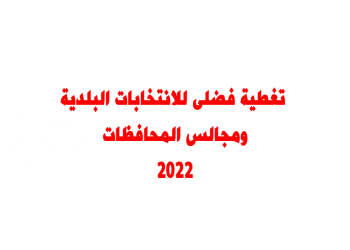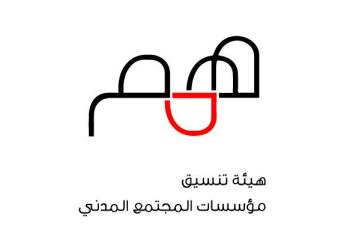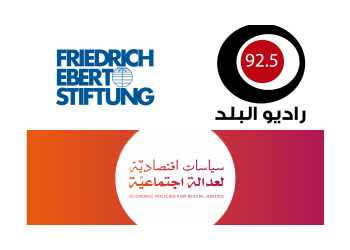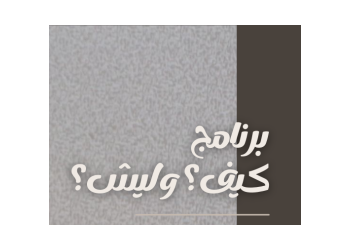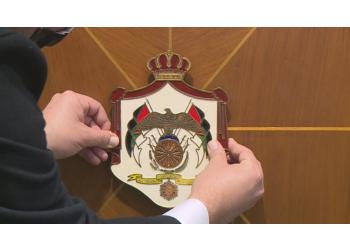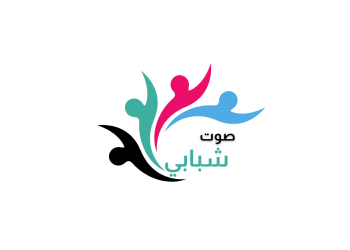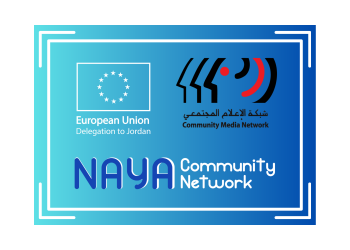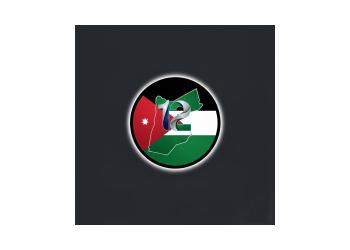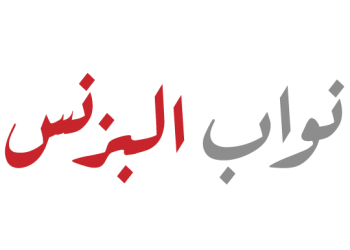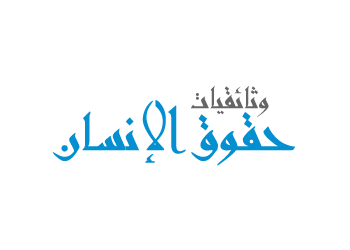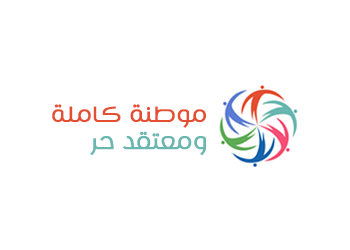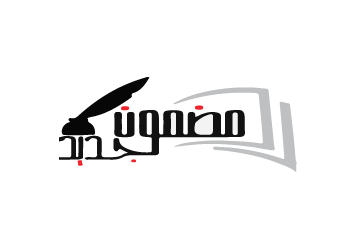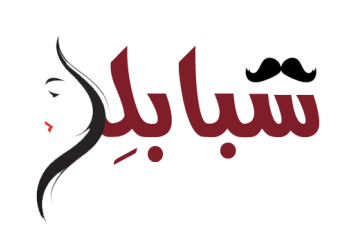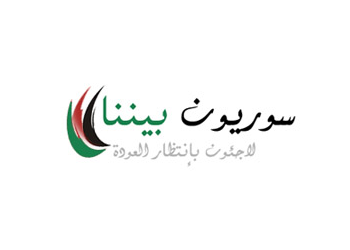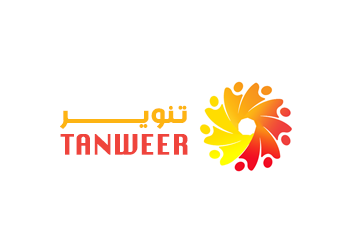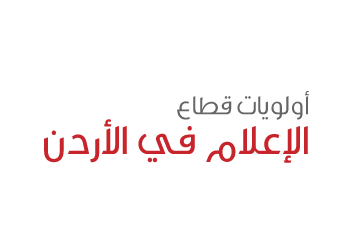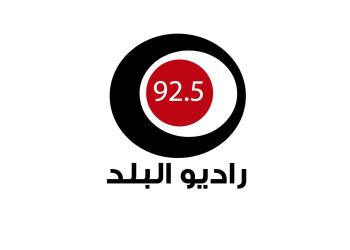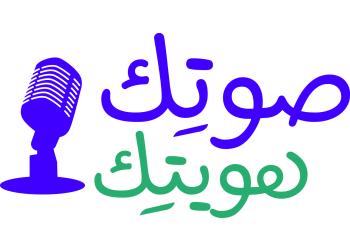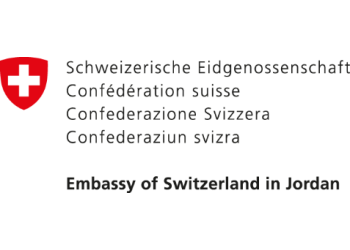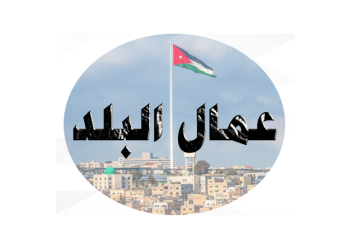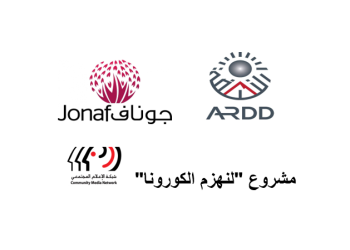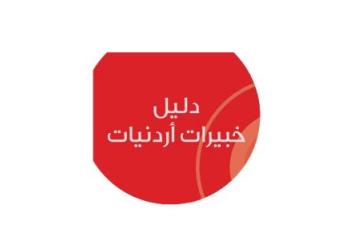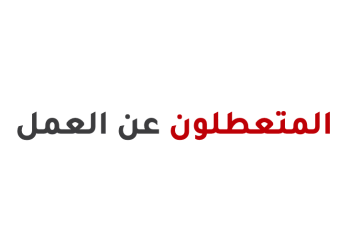The Knights of the Holy Sepulchre caught in a U.S. Legal battle over jurisdiction
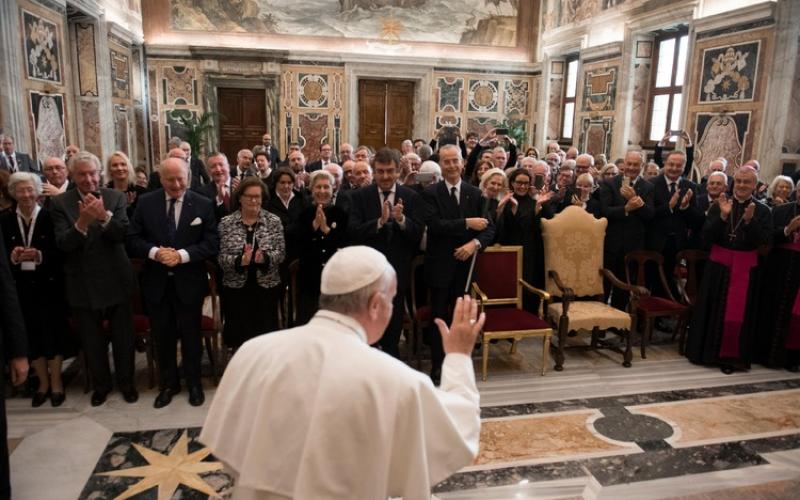
A legal battle is ensuing in the state of California over whether an American citizen of Jordanian origin can sue the Latin Patriarchate in Jerusalem in the United States. The judge at the St. Bernardino county superior court, Donald Alverez has allowed for a period of discovery that will expire mid-January 2021. The plaintiff has requested to depose senior Catholic officials of the Latin patriarchate, the Vatican, Chase Manhattan Bank, Bank of America, local members of the Catholic dioceses and the Knights of the Holy Sepulchre.
The plaintiff Benjamin Seryani a Jordanian American businessman is demanding $31 million dollars for debts incurred by the American University of Madaba (AUM). A Latin parish source in Jordan told ‘AmmanNet’ that “the case is built on wrong and mistaken information and is not based on documentation.”
According to Robert J. Spitz, the lawyer of the plaintiff, representatives of the Knights of the Holy Sepulchre in the U.S., have refused to appear at the deposition this week. The Knights, a Swiss-based organization, that fund raises around the world to support the Latin patriarchate. Judge Alverez will rule soon whether they are obliged to appear or not. According to public filing with the IRS the Knights raised in the United States alone an average of one million dollars a year with the total from 2014-2018 reaching 5,423,792
Sources close to the plaintiff claim that they have banking proof that the Knights have given to the patriarchate in Jerusalem an average of $15 million a year in the past decade or more.
Local Catholics have in the past expressed concern that because of their successful fundraising efforts, the Knights have an extraordinary role influential role in the working of the Latin Patriarchate which is supposed to have relative autonomy in day to day decision making powers.
Interviews with a number of senior Arab Catholic priests and Palestinian officials dealing with the Christian community in the Palestinian government have expressed worry about this influence. An interview with the spokesperson of the Knights before the appointment of the current patriarch appears to back this concern. In an interview before the appointment of the patriarch “What would you like to see in the next Patriarch- what background, what values what experiences? The spokesperson responded by email on October 23rd that the Knights hope “the new Patriarch of Jerusalem is to continue in the politics already pursued by the Apostolic Administrator Monsignor Pierbattista Pizzaballa.”
The Pope announced on October 24th the appointment of 55-year-old Italian Bishop, Pierbattista Pizzaballa as the 11t patriarch of Jerusalem following two Arab patriarchs Michael Sabah and Foad Twal causing mixed reaction in Jordan and Palestine.
These developments triggered the question about the Knight. Who are they? What is their work in Palestine and Jordan? and how do they make decisions? The Knights has over 30,000 members in forty countries and is the main financial supporter of the Latin patriarchate’s educational and social programs in Palestine and Jordan.
Ammannet had approached the spokesperson of the Knights Donata Maria Kretlow-Benziger who provided the following answers to our questions:
Q: What are the priorities when it comes to supporting to Christians in the Holy Land?
A: The Order of the Holy Sepulchre focusses on catholic schools, day-care centers and hospitals their construction, operation and maintenance. A further important role plays our pastoral engagement and humanitarian and social activities. These projects are carefully examined, meticulously coordinated and accompanied by the Holy Land Commission of the Grand Magisterium in Rome. Out of this broad range of projects, the Swiss Lieutenancy selects various projects, especially in the educational field of the Latin Patriarchate.
Q: How do you deal with education? Do you prioritize basic or higher or both?
A: Education is one of the central points in the support provided by the Order. Since the re-establishment of the Latin Patriarchate in 1847, the Patriarch of Jerusalem has been the head of the local Catholics and also Grand Prior of the Order. The Patriarchate englobes 72 parishes, 44 of which have a school with a total of 45,000 students and 1,600 teachers. The commitment of the Order in the field of education also helps people of different origins and religions to learn to live together in peace and mutual respect. Great importance is attached to both levels, basic education and higher education.
Q: How do you see the future of universities such as Bethlehem and American University in Madaba?
A: Both universities are excellent educational institutions. Bethlehem University works very well. The American University of Madaba must become self-sustaining in the future, the number of students must be constantly increased in order to succeed as a Catholic University in the region.
Q: What about housing as a way of keeping Christians from emigrating?
A: The better the education, the better the employment or career prospects and the better the housing. For Christians in the Holy Land, faith and a comparatively high level of education are two essential elements of their identity.
Knights from which countries are most supportive of the Knights?
The Lieutenancies are of different sizes. Depending on the countries there are also several Lieutenancies. Or vice versa there are Lieutenancies, which cover different countries. Each Lieutenancy gives its financial contribution according to the number or the generosity of their members.
Q: How are decisions made in the Knights. Is there an annual conference is there an executive committee?
A: The head of the Order is the Cardinal Grand Master. This position was assigned to him by the Pope. Worldwide, the Order counts about 30,000 Knights and Dames in about 40 countries. These are currently organized in 65 Lieutenancies or Magistral Delegations; every one of them lead by a Lieutenant or a Magistral Delegate. The Grand Magisterium is a body convened and chaired by the Cardinal Grand Master to assist and support him in the government of the Order. It meets twice a year and prepares and programs the activities of the Order in the various countries in which the Order is present and, in particular, in the Holy Land. It also approves the specific projects of solidarity that the Order carries out in the Holy Land each year.
Every five years the Lieutenants/Delegates meet in the "Consulta", the plenary assembly of the Order. The consulta furthermore consists of the members of the Grand Magisterium, the representatives of the State Secretariat of the Holy See (Vatican) and the Congregation for the Oriental Churches.
Since 1950 there has been a Lieutenancy of the Order in Switzerland with currently 370 members. In Switzerland there is also a council (board). Once a year a so called “Investiture” takes place, where new members are admitted and where the annual meeting of all members is held.
When did women join the Knights and what is their role?
Unlike the male dominated Catholic clergy, the knights have a substantial number of women. As early as 1888, Pope Leo XIII confirmed in an Apostolic Letter the membership of Dames [women] with the same rights, duties and positions as Knights. It is the only order to which women and men clerics and laity belong equally.
Q: What would the Knights like to see in the next Patriarch- what background, what values what experiences?
A: The new Patriarch of Jerusalem is to continue in the politics already pursued by the Apostolic Administrator Monsignor Pierbattista Pizzaballa.

